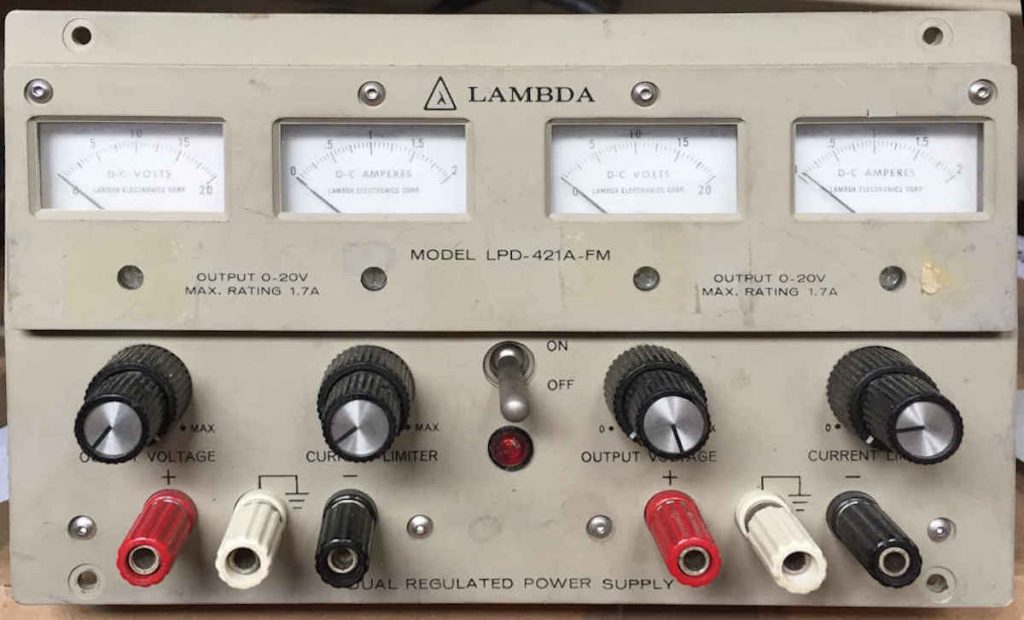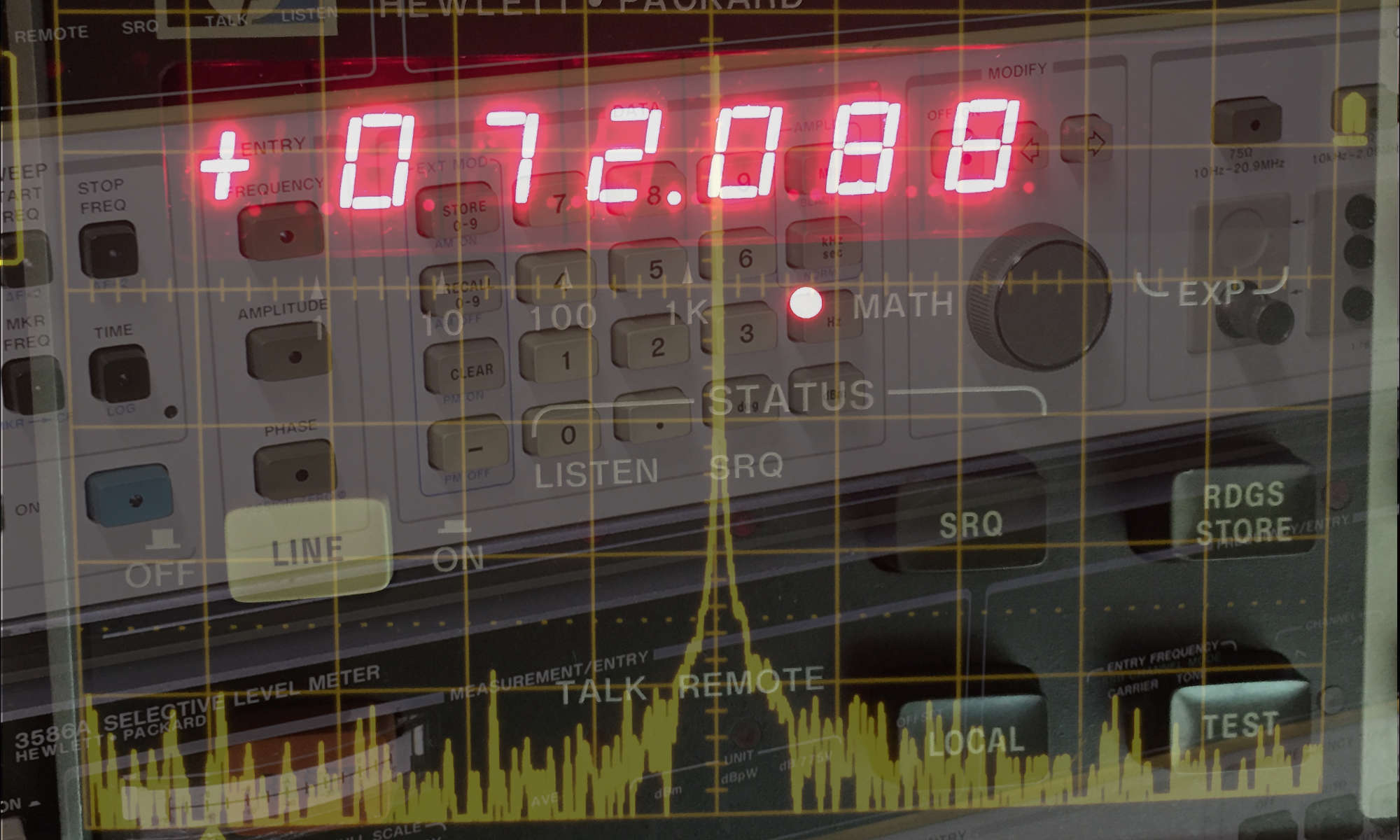Every electronic project requires electrical power. Generally, electrical circuits need a supply of direct current (DC) electricity to operate. The energy source can be as simple as a battery, but we normally need a source of energy that lasts longer and can deliver much more energy at a much greater rate than a simple battery. Because the electricity coming out of the power outlets is alternating current (AC) our electronics circuits cannot make use of the electricity directly out of our power outlets. Thus, the need for a Power Supply.
What does a power supply do?
A power supply is a device that converts AC to DC electrical power1. But a power supply does much more than just convert AC to DC. A power supply provides an output voltage at a specific value, it delivers voltage or current at a constant, regulated, level, and can provide multiple adjustable voltages. Finally, the power supply has to be capable of delivering energy at a rate that is greater than the rate of energy consumed by the circuit that it is supplying.
So, I picked up this power supply on EBay.

Heavy and Rugged
These Lambda power supplies are heavy, rugged, and built like an armored tank. It is pre-owned and it’s a bit dirty, but it works. Not bad for $50 USD. There is a sticker on the back that says that the previous owner is a large company that makes copiers. This model is a dual output version and can supply power at two different voltages. Some circuits and devices need more than one voltage to operate, such as Operational Amplifiers. So having a power supply with at least one output voltage is a necessary requirement.
Each output can supply a voltage from zero to 20 Volts at a maximum of 1.7 Amperes. This translates to a maximum of 34 Watts (20V * 1.7A)2 per output. The two outputs can be connected together to get 40 Volts at 1.7 Amps for a total of 68 Watts. This Lambda is not powerful enough to power up vacuum tube circuits3. But 20 Volts is good enough for solid state projects. I will need more power supplies to do vacuum tube projects, and it would be nice to have power supplies that are programmable or computer controlled. You can never have too many power supplies.
Each output has a voltage meter and separate current meter. You set the output voltage with the Output Voltage knob. You can set the maximum output current that the power supply will deliver with the Current Limiter knob. A Current Limiter is a valuable feature and it prevents excessive current from damaging circuits.
The Specifics
Here are a few of the specifications from the Lambda product data sheet.

The models in the Lambda LPD series are pretty much the same, varying only by the maximum output voltage. The specification for the LPD series states 0.01% regulation with 500 microvolts of ripple, that’s nice and constant and good enough for my projects.
I was fortunate to be able to find the instruction manual for the Lambda on the internet, because this model dates to the late 1980s. The manual is quite complete, it includes schematic diagrams and a chapter on the Theory of Operation of the power supply. An amusing option is the “fungus proofing”, a MIL-V-173 military standard anti-fungal treatment, that was available for an extra charge. I guess this military quality equipment is designed to be used anywhere in the world and under all kinds of environmental conditions.
Finally, the data sheet says that this Lambda LPD-421A-FM had a list price of $613 USD in 1980s dollars. That’s an expensive power supply even in today’s dollars, but not bad at all for $50 USD.
